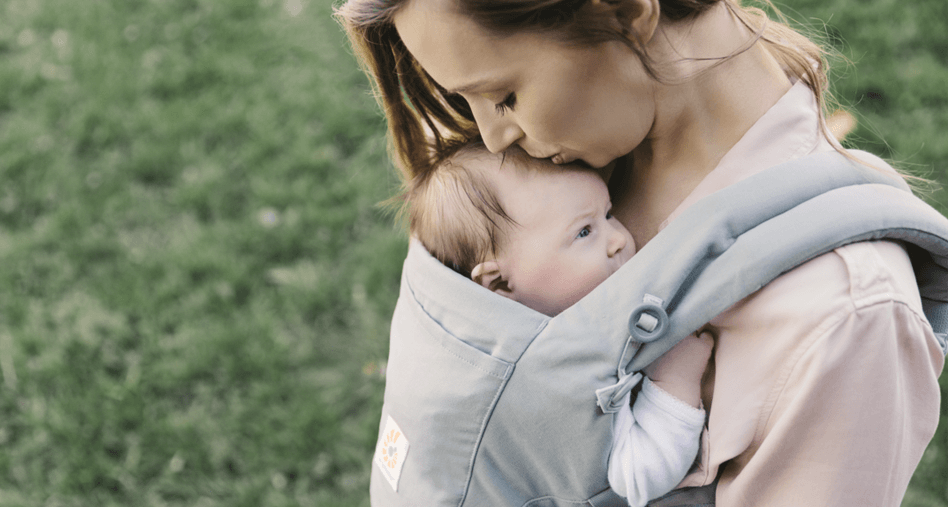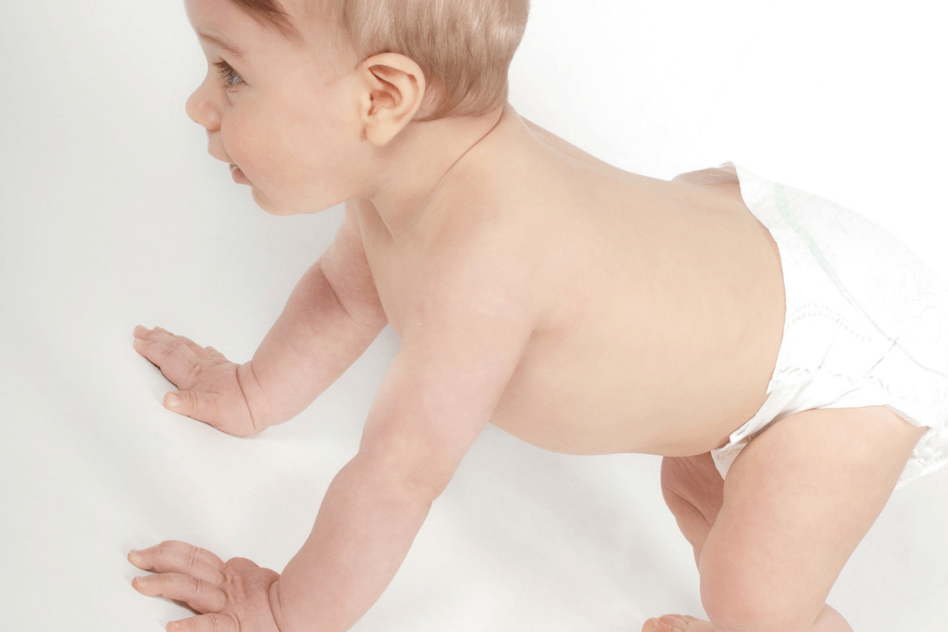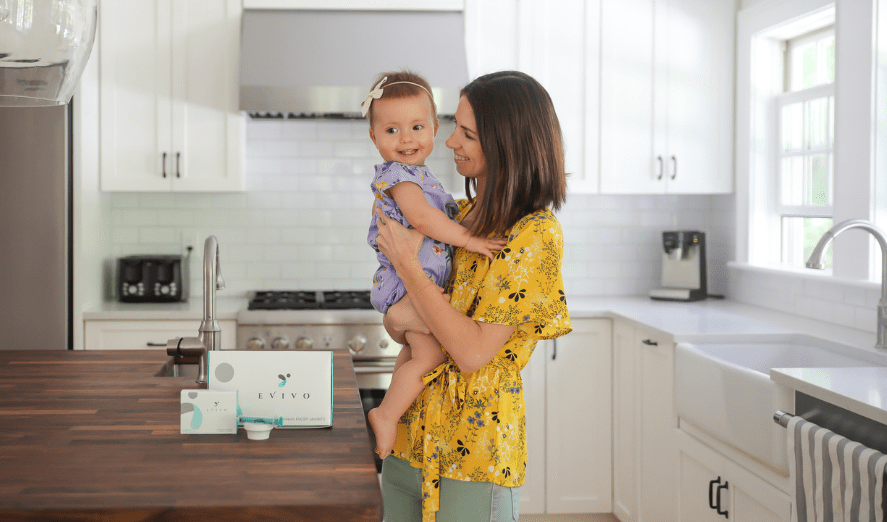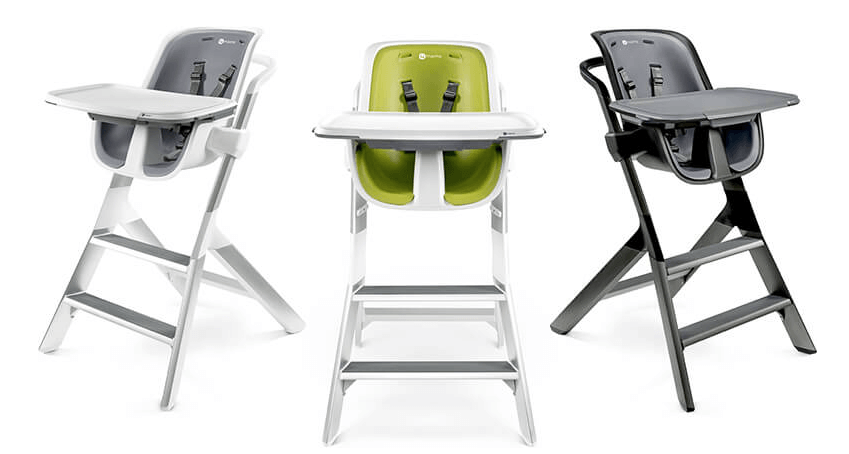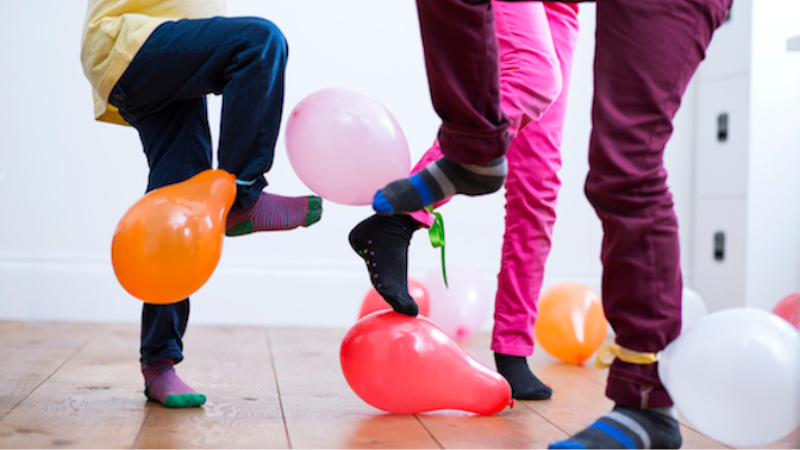It’s just a fact: moms and dads are worrywarts. From the moment our precious babes are born, we’re trying to keep them safe, which, as any parent of a mobile baby or toddler knows, is no easy task! So we stock up on drawer latches, furniture bumpers, baby gates and the best-rated car seats, doing our best to ensure our favorite little people are protected. Despite these efforts, road injuries are the leading cause of preventable death and injuries to children in the US, partly because 3 out of 4 car seats are not used or installed correctly. YIKES!
The good news: a correctly used child safety seat can reduce your child’s risk by as much as 71%. That’s huge!
We totally understand how intimidating and confusing the world of car seat shopping, installation and use can be, so that’s why we’re here to make sure you have all the information you need to leave your worries behind.
That is, until they start driving themselves.
Note: this post may contain affiliate links. For more information, see our disclosure policy.
PIN for easy reference!

WHAT TYPE OF SEAT?
There are three basic types of child safety seats: Infant, Convertible and Booster. Which one is right for you is based on your child’s age and stage. We’ve provided a breakdown by seat type, including tips for how to safely adjust them, and how to tell when your child has outgrown your seat.
INFANT SEAT
These rear-facing only seats are perfect for newborn babies, as they’re cozy and pretty dang convenient for that first sleepy stage of life. While there are convertible car seats that are safe to use in the newborn days, parents often use an infant seat for much of the first year for convenience: they have bases that stay installed in the car so you can snap them in and out (and in many cases pop them right into your stroller), while keeping your babe bundled and cozy (and, hopefully, sleeping!) throughout your daily errands. These seats are also designed with newborns in mind, so their harnesses and recline angles are made especially for little bodies.
This seat will last you: usually around one year.
Each infant seat will have specific weight and height limits, so make sure to note them in a prominent place, and check your child against them after every Doctor’s appointment.
You know you have it adjusted correctly if:
- The harness straps come through the seat’s slots at or just below your child’s shoulders
- The chest clip is at armpit level
- The crotch strap is in the position closest to your child without being underneath them
- You cannot pinch any slack in the strap at your child’s shoulder
- The seat is installed at the correct angle outlined in your owner’s manual
- The handle is locked in the correct travel position (see Myth’s section below!)

Your child is ready to move up to a convertible seat when they reach ANY ONE of these limits:
- They reach their infant seats maximum weight limit (this will be anywhere between 22-40 lbs but check your seat’s specific limits)
- They have less than 1” of shell above their head
- OR they’re taller than the maximum height allowance of your seat (this will be between 29”-37”)
CONVERTIBLE SEAT
Convertible car seats can be used first as a rear-facing seat, and then turned around to become a forward-facing seat once your child has reached the right size and stage for the switch. Many manufacturers offer convertible car seats that can be used all the way from newborn until your child is ready for just a seatbelt.
When to make the switch from rear-facing to forward-facing:
This is often a hot topic amongst parents. The American Academy of Pediatrics states that children under age 2 are 90% less likely to sustain serious injury when in a rear-facing seat and recommends rear facing until a minimum of age two, but ideally longer. Because toddlers’ bodies are still rapidly developing, (and because their heads are so big in relations to their body) their spines are more susceptible to damage than an adult’s might be. If you are in a front-end crash, a rear-facing car seat allows your child’s head, neck, and spine to move evenly into the seat, not away from it.
This seat will last you: possibly until your child is able to sit in a regular vehicle seat!
The number of years you ultimately get out of your Convertible Seat will largely depend on the seat you choose, but many can convert from a 5-point harness to a high-back and/or no-back booster, so it can continue to grow with your child from toddler to tween.
You know you have it adjusted correctly if:
In a rear-facing seat:
- Shoulder straps are at or below your child’s shoulders
- Chest clip is over the sternum, at armpit level
- The crotch strap is in the position closest to your child without being underneath them
- You cannot pinch any slack in the strap at your child’s shoulder.
In forward-facing seat:
- Shoulder straps are at or above your child’s shoulders
- Chest clip is over the sternum, at armpit level
- The crotch strap is in the position closest to your child without being underneath them
- You cannot pinch any slack in the strap at your child’s shoulder.
- Top tether is attached
Your child is ready to move up to a booster seat when:
- Your child has reached the weight OR height limits of your convertible car seat
- They are at least 5 years old
- They are mature enough to stay seated without leaning or unbuckling
BOOSTER SEAT
Boosters help position the seatbelt in a way that is safer for a child in the case of a crash and make them 45% less likely to be injured in a crash than a vehicle seat belt alone! That’s awesome. So, while your big kid may think they’re big enough to buckle up without one, this is one of those fun parenting moments when you’re going to want to stay firm.
This seat will last you: Most of the time, booster seats are necessary until a child is between 8 and 12 years old and can pass the Five Step Test (read on for more info!).
You know you have it adjusted correctly if:
In a high-back booster:
- The lap belt is flat across your child’s hips and touches the tops of their thighs
- The lap belt is under any booster armrests
- The shoulder strap is threaded through the guide and positioned at or above your child’s shoulder and lies flat across their chest without cutting into their neck or slipping off their shoulder
- Their ears are below the top of the booster’s head rest
*Please note, some manufacturers also require a vehicle headrest to be in place behind the high-back – double check your manual!
In a no-back booster:
- The lap belt is flat across your child’s hips and touches the tops of their thighs
- The lap belt is under any booster armrests
- The shoulder strap is positioned at or above your child’s shoulder and lies flat across their chest without cutting into their neck or slipping off their shoulder
- Child has head support from a vehicle headrest at least to the tips of their ears
Because many boosters are simply placed in the car, it is highly suggested that when a child is not in the vehicle, to always secure the booster using a seat belt to keep it from becoming a projectile. For this reason, we love the Graco Affix High-Back Booster and Graco Affix No-Back Booster, both with LATCH connectors that easily secure your booster to your car so you don’t have to worry about messing with seat belts in between school drop-offs. We find that it also helps kids buckle themselves in, as it holds the seat firmly in place.
Your child is ready for no car seat with an adult seat belt when: They are at least 8 years old and pass ALL five steps of this Five Step Test (as a reference, this usually this occurs when they are 4’9” or taller):
- Their knees bend comfortably at the edge of the seat with their feet flat on the floor
- They can sit all the way back in the seat, with no gap at their lower back
- The lap belt is flat across their hips and touches the tops of their thighs
- The shoulder belt crosses on the collar bone
- They are mature enough to stay seated and belted correctly
If you’re not positive your child meets one or more of these requirements, give them a few more months and then re-test. When in doubt, wait.
Here’s a handy recap of when to graduate from one seat to the next:

A SEAT WE LOVE

Between countless kids and being on the frontlines of the baby gear world, we at What Moms Love have tried our fair share of car seats. One seat we couldn’t help but share is the Graco 4-Ever featuring TrueShield Technology. This seat rocked our world. Here’s why:
- It lasts, well, “forever.” It’s a 4-in-1 seat that grows with your child for 10 years, from 4-120 lbs! It moves from rear-facing infant configurations with 6-position incline, to forward-facing 5-point harness, to a high-back belt positioning booster, and a backless belt-positioning booster – meaning it can last from the newborn stage all the way up until they graduate to an adult seat belt.
- It’s easy to use. The one-hand, 10-position adjustable headrest is easy to use and adjust, and (even better!) the Simply Safe Adjust Harness System adjusts with it, so your kid can cruise in comfort. The LATCH system compatibility makes it quick and easy to know you have the seat installed safely, even if you’re swapping the seat between vehicles.
- It’s got advanced safety technology. For added peace of mind, TrueShield Technology provides advanced side-impact protection from head to hips.
INSTALLATION TIPS
Now that I have my seat, how do I know it’s installed correctly?
We know, we know…no one wants to read the manual! But, we promise it’s worth it. Every seat and car will have it’s own intricacies of installation, so cracking your owner’s manual for specific instructions is the way to go. You can also connect with a certified Child Passenger Safety Technician in your area to help install or check your installation – find one closest to you here (many are at your local Police station!).
In the meantime, here are a few things to keep in mind:
- Double-check the lists above to make sure your harness and straps are correctly positioned
- Install the carseat when your car is parked on level ground, to make sure the incline is reading correctly
- Do the “wiggle test:” check for less than 1″ of movement side-to-side at the base of the seat (where the lap belt would go through). If it moves more at the top of the seat, that’s okay.
- Make sure your forward-facing seat is tethered, as it reduces forward movement of your child’s head and neck by six inches in a crash!
- Check the expiration date to make sure your seat has not expired

COMMON CAR SEAT MYTHS, DEBUNKED!
Making decisions about your child’s car seat is a serious safety consideration. Just because your mother-in-law thinks they look “squished,” or your friend’s toddler made the switch to front-facing on her second birthday, you don’t have to change what you’re doing. Make decisions for your child based on their stage, weight/height and maturity. To help you navigate some of the conventional “wisdom” out there, here are a couple of our favorite myths debunked.
MYTH: I have to turn my toddler’s seat front-facing because their legs are bent or hang over the edge – it must be bad for their hips and joints.
False! There are a lot of misconceptions about rear-facing and when to switch to forward facing, but rear-facing is the safest way for toddlers to ride until they have maxed out the weight and height requirements on their seats. Period. Need a number? It’s 532% safer for a child from 12-24 months of age! The flexible joints that make it safer for them to face backwards are the same reason they’re absolutely fine riding in whatever weird frog-legged toddler position they’ve chosen. If your child is big for their age, you can find rear-facing seats that can accommodate a higher weight and height maximum. These days there are a huge range of options in cost and size, so whether you have a small car or a small budget, take the time to research a seat that will fit.
MYTH: A rear-facing only infant car seat’s handle must be down to be safe
False! Every car seat is different, so check your manual for the safe travel position for your seat’s handle.
MYTH: A high-back booster is safer than a backless booster
False! While high-back boosters can be better at positioning the shoulder belt for smaller booster riders, as long as the seatbelt is adjusted to the correct positioning (see our section on Boosters above) there is no known safety advantage to having a high-back booster in the frontal crash tests. That said, because high-back boosters help position both your child’s back and their seat belt, it’s not a bad idea to start out with one after graduating from a convertible 5-point harness seat. If your child won’t sit properly (meaning safely!) in a backless booster, or they fall over or slump while sleeping, they will benefit from the added positioning assistance of a high-back booster as well.
MYTH: It’s okay to add aftermarket accessories to a car seat.
False! Your seat is a safety device, and it’s configured in a specific way. When you add comfort items (like custom car seat covers, head supports, strap covers and winter inserts), you’re changing the way the seat fits and protects your child. Toys and mirrors can be hazards in the case of an impact, so think carefully about how they’re used in the car. Make sure to do your research and, whenever possible, use accessories created by the manufacturer of your seat instead, as they’ve been tested to work with your specific seat. Remember, just because a popular baby brand offers a car seat accessory, it doesn’t mean it’s safe.
Whew! That’s a lot of info.
We know that was quite a mouthful on car seat safety, but this is one area where information truly is power! Instead of feeling overwhelmed or intimidated by your car seat, get into it. Consider your car’s space and the seat’s positioning inside, your child’s age, size and stage, join a car seat Facebook group and get recommendations. Once you settle on the right seat for you, crack the spine on your manual, watch online videos from your manufacturer, and practice installing and adjusting it, you’ll find it’s not so complicated after all.
This is one place where your effort will truly pay off in keeping your child safe. And, as fellow parents, we know how much that’s worth. So, if you’re up 2 am, know that we’re here, lying awake worrying too – just not about car seat safety anymore.
Pssst – before you go, we’d love to have you join our What Moms Love community and we’ll hook you up with all of our exclusive resources including our popular 10 Screen-Free Toys For Guaranteed Quiet Time (this is seriously a game changer mamas!), Holiday/Birthday Coupon Book for Kids and 35 Food Subs & Swaps for Healthy Family Meals. Just let us know where to send all your goodies!
Become an exclusive subscriber
Join over 300,000 subscribers & social media followers and gain access to exclusive content, freebies, discounts and more!

CAROLINE FOSS
About The Author:
Caroline is a Type A writer with a private pilot’s license and a background in advertising and branding. She lives in Florida with her firefighter husband and two (under two) boys, where she can often be found panicking in a cold sweat at the playground. Drive-throughs are her love language.



